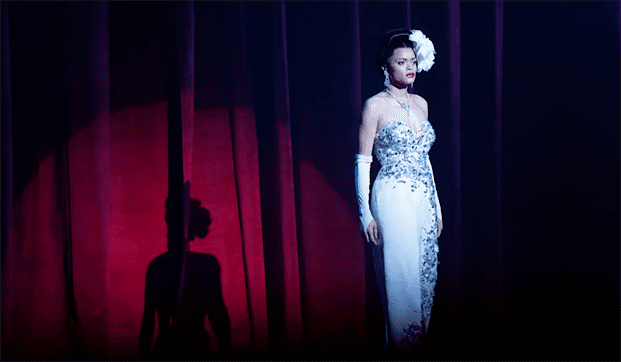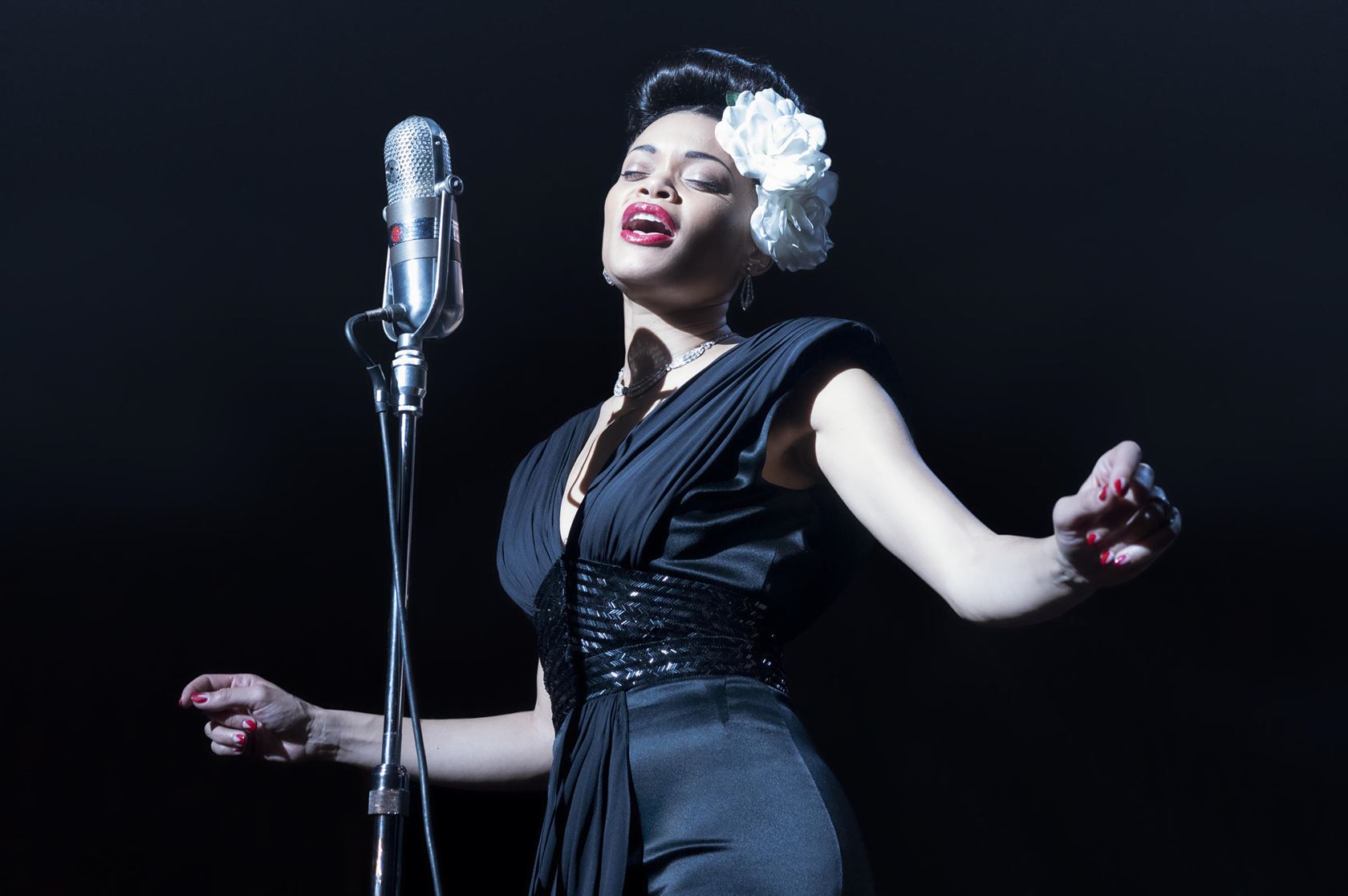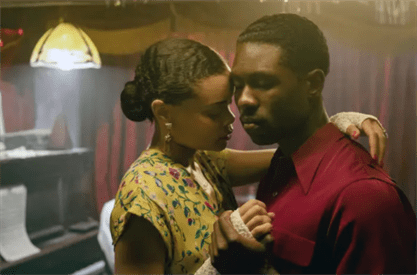“The United States vs. Billie Holiday” premiered on Hulu on March 18. The Hulu original film depicts legendary musician, Billie Holiday, throughout her musical career and personal life.
This biopic mainly focuses on Holiday’s ongoing battle with the government over her iconic song “Strange Fruit.” It stars Andra Day as Holiday, who is nominated for best actress at the Academy Awards for her performance.
“The United States vs. Billie Holiday” has become one of the most highly-acclaimed movies of the year for its grim, yet accurate portrayal of reality for Black people, especially in the 1940s.
Director Lee Daniels emphasizes the discrimination towards the Black musician on and offstage. This is shown through her husband and manager’s attempts to hinder her continuous speech regarding lynching as well as her being denied access to an all-white hotel, despite her level of fame.
This film is a message to society that Black people have suffered from racism in such a dramatic yet powerful way. It left me comparing the parallels between Holiday’s experience and the racial issues that are still present today, which the increasing importance of the Black Lives Matter movement has highlighted.
Though the film centers around her experiences with racism, it finds the perfect balance between that and other aspects of her life to show that she is much more than a musical activist who puts her life on the line for the sake of human rights.

Viewers feel the same sweep of emotions the audience in the film feels when Holiday is onstage.
Photo courtesy of Paramount Pictures
Holiday’s emotions are not shown through her words but rather with her actions. The film strongly dissects the relationship between her emotions and drug addiction. She does not express anything besides anger, leaving her to cling to heroin as not only a way to cope with the pressures of her life, but as a gateway to convey her emotions towards her entourage. She also uses the drug as a way to be intimate with her love interest Jimmy Fletcher, played by Trevante Rhodes.
Viewers see that without heroin, the singer is in shambles while everyone around her watches.
Day embodies the role of Holiday and she emulates the icon’s soothing tone along with her lively mannerisms when performing. This makes viewers watching at home feel the same sweep of emotions the audience in the film feels when she is onstage. For someone acting in her first major role, Day brilliantly captures the persona of the singer and gives an honest depiction of an artist grappling with pressure but determined to make a difference in the world.
She gives her all when imitating the emptiness Holiday possessed while in distress, yet somehow manages to still be the heart and soul that inspires Black people to rally behind her in support. The film lets Holiday’s singing speak for her emotions, whether she is hiding her sadness to put on a good show or her anger when she performs the song “Strange Fruit.” Seeing her perform as the late singer is truly the best part of the film.
Daniels uses captivating warm and vibrant colors to light up each scene, bringing out the essence of the ’40s for Black people. He colorfully represents the glamorous yet lively nightlife at jazz clubs and brightens up the scenes when Holiday performs. He successfully captures how dazzling she is in her expensive dresses and signature updo hairstyles.

Andra Day is up for best actress at the Academy Awards for her role as Billie Holiday.
Photo courtesy of Paramount Pictures
“The United States vs. Billie Holiday” overall does an incredible job presenting Holiday’s story but fails in telling her past throughout the remainder of the film. It only allows one moment from her past to be shared as the writing focuses too much on the present and not enough on exploring her childhood. They could have elaborated more on her life prior to fame.
Although the film missed telling the beginning of Holiday’s life, viewers will still remember the many ups and downs the singer faced throughout her life beyond her song “Strange Fruit.” They will also be reminded of the injustices Black people have endured throughout history and continue to endure today.




